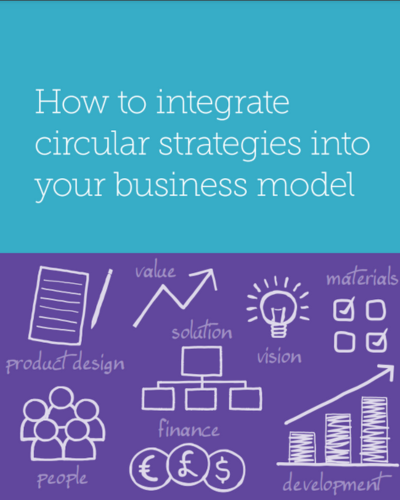Every organisation has a business model for how it creates, delivers, and captures value. By integrating circular strategies into their business models, suppliers of goods or services, including businesses, utilities, charities, and public services, can create more value for all their stakeholders and reduce their footprints.
It’s important to note, that without a clear strategy to address an organisation’s materials footprint, there is a risk that a circular business model won’t make a significant positive impact (the rebound effect). Therefore, the shift to circularity needs to happen before the business model stage.
This new guide builds on the six goals in Circular Economy 101 (that IEMA published earlier in the year) to show how these can help develop overarching circular strategies, for example, keeping products in use for longer. The guide aims to identify and answer key questions to help organisations to use circular strategies to develop better, circular business models. The guide covers the following sections:
-
Section 1 considers circular strategies and their importance for organisations
-
Section 2 explains what we mean by the term ‘business model’ and what makes a business model circular
-
Section 3 provides insight into circular business models in practice, including case studies
-
Section 4 sets out the imperative for circular business models, explaining why they are better than ‘traditional’ business models that generate negative impacts and lost value
-
Section 5 explains how and where to find value and revenue in circular business models
-
Section 6 discusses the enablers that move circularity forward
-
Section 7 considers how to bring the whole organisation along with you
-
Section 8 looks at the barriers to businesses wanting to adopt circularity
-
In sections 9 and 10, we provide you with further reading and key references
The toolkit is available to members as an interactive document or as a page-by-page PDF here.
Non IEMA members can purchase the toolkit from our online shop, under 'Sustainability in Practice Guides' here.


